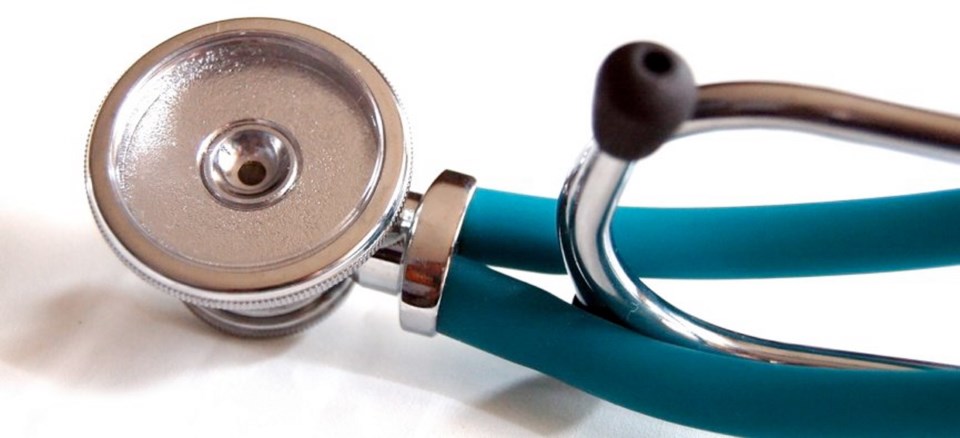Winter’s coming, so how much vitamin D do we need? How much time do you have to spend in the sun to obtain adequate amounts? How does obesity affect the dosage?
How many diseases can be prevented by adequate amounts of this vitamin? And what can a psychiatrist tell us about this vital vitamin?
Years ago, I reported that Dr. Catharine Gordon, a professor of pediatrics at the Harvard Medical School, tested the vitamin D levels of teenagers ages 11 to 18. She found that 14 per cent of these adolescents were deficient in vitamin D. Today about 30 per cent of adults are low in D.
Dr. Glenn Braunstein, professor of medicine at the University of California, said Gordon’s research was a wakeup call. It showed it’s not only the housebound or the elderly in nursing homes who are getting insufficient sunlight.
In the 19th century, large numbers of children suffered from rickets due to a lack of sunlight. To resolve this problem, children with rickets were taken for long voyages on what was called Boston’s Floating Hospital to expose them to the health benefits of sunshine.
Today, we know that adequate amounts of vitamin D are needed in the bowel to absorb calcium and keep bones strong. Vitamin D also acts on bone cells to release calcium and maintain normal blood levels of this important mineral.
Can a lack of vitamin D protect against infection? You would expect to get this answer from an infectious-disease expert, not a psychiatrist.
But U.S. psychiatrist John Campbell noted that when the 2005 flu epidemic struck the Hospital for the Criminally Insane, the infection spared those patients who were taking vitamin D.
Another researcher, Dr. Mitsuyoshi Urasima, a professor of epidemiology in Japan, reports in the American Journal of Nutrition that patients given 1,200 IU of vitamin D were less likely to develop influenza than those not receiving it.
Dr. Jo Ann Manson, professor of medicine at the Harvard Medical School, reports strong evidence that high blood levels of vitamin D protect against colon cancer.
To get still another opinion, I interviewed Dr. Andrew Saul, editor-in-chief of the Orthomolecular News Service, a world authority on vitamins.
Saul says that colon cancer is clearly related to vitamin D deficiency. He adds that inadequate vitamin D levels are also associated with ovarian cancer.
And research by the U.S. National Library of Medicine reveals there are 300 papers on how vitamin D helps to fight prostate and breast cancer.
Dr. Michael Holick at Boston University, an authority on vitamin D, believes vitamin D’s greatest strength is its role in fighting cancer.
He says studies show that people living in higher latitudes who get less sun exposure have an increased risk of dying from almost all types of cancer, particularly breast, colon, prostate and skin cancer.
Since we’re approaching winter, I asked Saul about seasonal affective disorder, a condition where people feel down during the winter months.
Saul says vitamin D acts as a mood stabilizer. He recommends vitamin D to fight this disorder.
In the book Saul authored with Dr. Abram Hoffer, Orthomolecular Medicine For Everyone, he reports that a lack of vitamin D is also associated with psoriasis, which can be treated with topical vitamin D, and that a deficiency of D is also linked to diabetes, heart failure and hypertension.
But don’t most of us receive enough vitamin D from the sun? We get some, but not as much as you think.
It depends on where you live. For instance, if you live at a latitude above 35 degrees north, which includes all of Canada, vitamin D production from sunlight ceases from October to the end of February. Due to the angle of the sun’s rays, you could stand outside naked all day and not receive enough sunshine to produce vitamin D.
What is the right dosage? The answer is not easy, as there is some debate. Obese people need more vitamin D, as fat holds onto it, making it less available to the body.
Saul claims 10,000 IU daily is safe. Others suggest a dosage of between 1,000 and 3,000 IU daily. So check with your own doctor.
Online: docgiff.com. For comments, email info@docgiff.com

